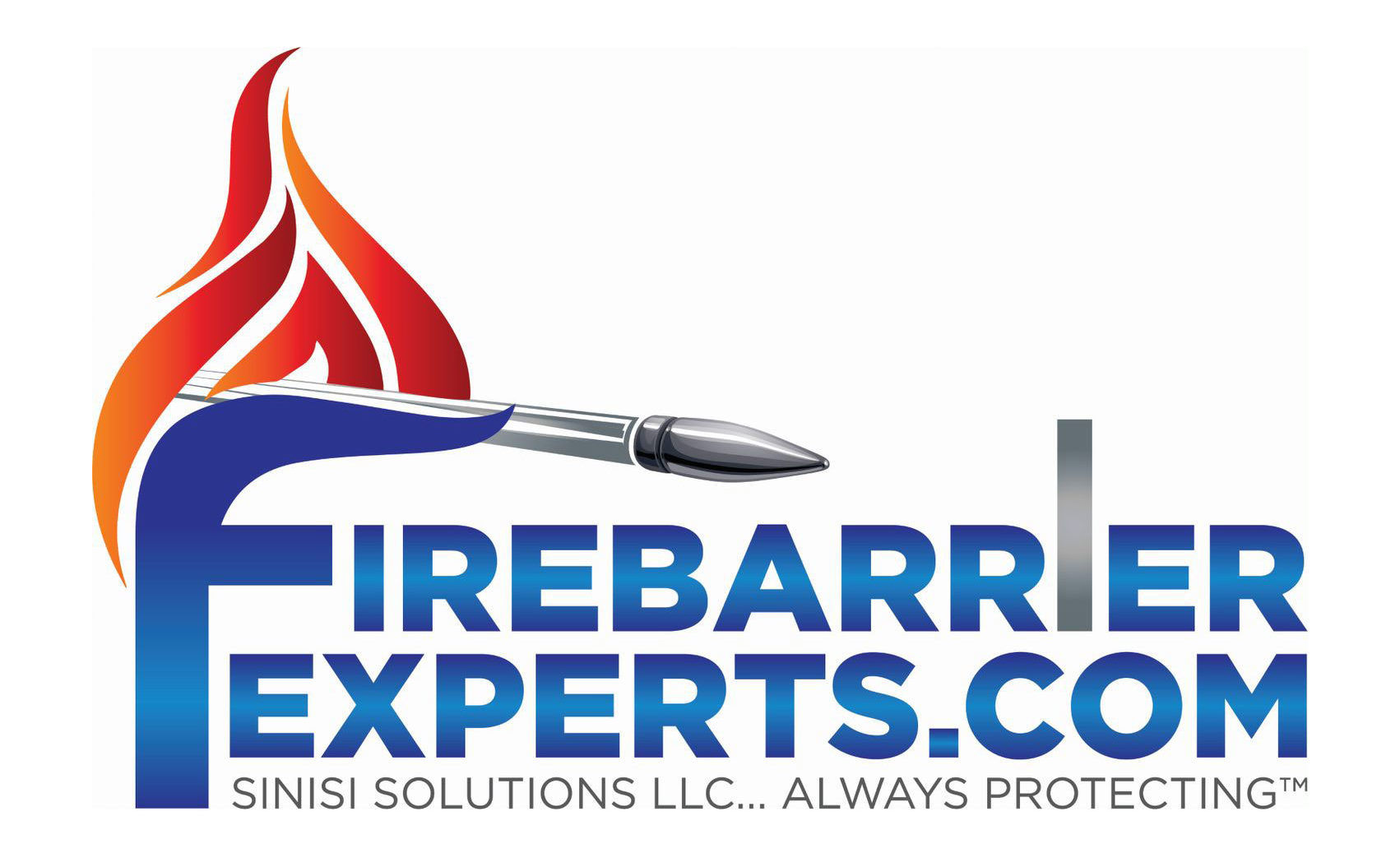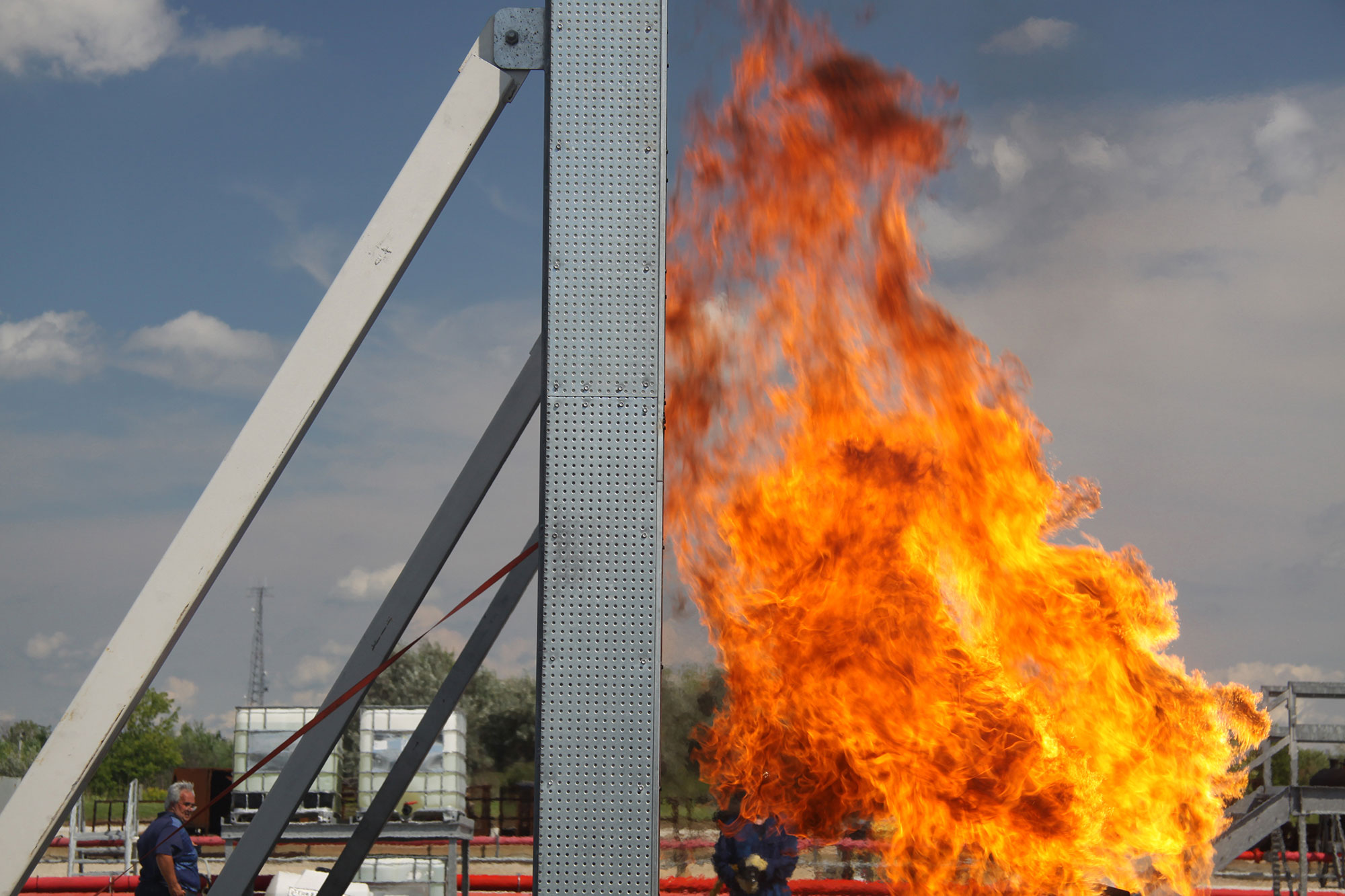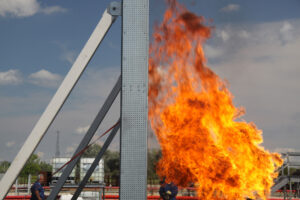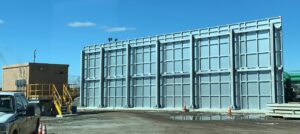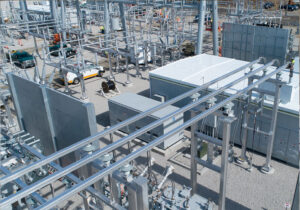Fire might be a good servant, but it can also be a terrible master. For instance, a power plant or industry fire can spell disaster. To avert such cases, property owners usually adopt various strategies. For example, the use of fire barrier walls helps prevent the spread of fire. That said, for such walls to work as expected, they should be designed and installed per the relevant fire codes.
And to ensure your fire barriers stand the test of time, you should have them inspected regularly. As installers of ‘safe-by-design’ fire barriers, the experts at Sinisi Solutions understand the significant role inspections play in ensuring the safety of your property.
Our inspectors are certified and know the latest fire codes and regulations. Meanwhile, if a fire barrier inspection is on the cards, here’re the aspects you should know:
Employees Should be in the Loop
Imagine a scenario whereby you’ve tasked your staff to maintain a building. Still, they are unaware that a fire barrier inspection is looming and what it entails. The complete lack of information can lead to confusion when the inspectors arrive and may hamper the inspection process. Therefore, before an upcoming inspection, ensure your employees are well-informed about the fire-rated barriers – the specific floors or ceilings containing them, the exact locations, and the fire protection solutions installed.
For instance, by availing floor plan drawings to your staff, you can ensure they’re better prepared for the inspection. Moreover, your staff should be familiar with the fire protection systems in place to answer inspectors’ queries.
In cases whereby you plan to conduct in-house barrier inspections, train the staff tasked with the role concerning the aspects to look out for. Additionally, retain the services of an experienced fire protection expert to guide and advise your team.
Fire Barrier Inspections Should Be an Ongoing Process
A lot happens within a building over time, which might affect your fire-rated barriers. These might include:
- Wall openings to incorporate new power outlets
- Changes to a building’s layout
- Addition or removal of water supply lines
- Installation of HVAC systems
These activities might interfere with a building’s fire protection system as penetrants are either added or removed, which may compromise the barrier’s integrity. Thus, property owners should keep tabs on such alterations.
While at it, review your barriers regularly and schedule annual inspections. In so doing, you can avert loss of property or life if a fire breaks out while your fire barrier is compromised.
Also, most jurisdictions require inspection by an official from the building department or a certified fire inspector in case of a modification or new construction. The assessment can take place during construction or upon completion of the project. The idea is to ensure all fire protection solutions in the building meet code requirements.
Have a Checklist in Place
Before a fire barrier inspection, have a checklist covering the entire area or space of concern. This should include areas to inspect and the type of firestop systems to look out for. Moreover, list the records required during the inspection, such as penetrants installed (ducts, cable trays, fire doors, pipes, and ducts), firestop boundaries, joints, etc.
While at it, pay special attention to critical areas such as ceiling voids and wall cavities as they’re prone to spreading fire. The staff or inspectors should also have a reference point or drawings showing the location of fire barriers. That way, they’ll know what to expect during the inspection, including the areas to inspect, which helps speed up the process.
It Pays To Have the End in Mind
To avoid costly rework and schedule delays, building owners or managers should prioritize firestopping in their fire-rated barrier plans rather than treating it as an afterthought. And since inspection may interfere with the building, as inspectors must remove items to verify the barrier is properly maintained and functioning, you should think ahead to ensure restoration of the barrier. This might entail having a team of experienced experts for the task.
Moreover, the design plan should include the fire barrier design numbers for easier identification by the inspector. This also assures that your building meets code requirements. Likewise, system numbers for restoring the barrier should be included in the plan. For instance, if an inspection requires the removal of wall covering and metallic penetrants, the plan should have the fire barrier number for replacing the penetrants.
Proper Equipment is Key to a Successful Inspection
The outcome of a fire barrier inspection relies on the equipment used. For instance, to access high ceilings, the inspectors or in-house team should have the right type of access equipment, such as ladders. Likewise, hard hats and respirators come in handy when inspecting ducts and crawl spaces.
Moreover, specialized equipment such as and thermal imaging cameras help pinpoint unnoticed openings within the fire-rated barrier. Such sophisticated devices detect temperature changes in walls, floors, or ceilings.
The unavailability of proper equipment may cause the inspectors to overlook critical details. As such, property managers should avail the right inspection tools and gear for the inspection.
Fire Barrier Inspections Can Pay Off
Think of a fire inspection the same way you’d view an insurance policy or the checkup you conduct on your vehicle before embarking on a long journey. Such fire inspections aren’t intended only to meet code requirements – they help ensure your fire barriers do their job when needed. In other words, they can avert significant property damage or loss of life (as aforementioned).
Sure, an annual inspection might seem like an extra cost. But in the long run, it offers peace of mind as property owners know their fire barriers can reduce damages if a fire breaks out.
Partner with a Dependable Fire Barrier Inspector
Fire barrier inspections should be part of the overall fire safety program for your property or building. As such, stay on top of your property’s safety by ensuring your fire barriers remain intact and up to code. While at it, seek the services of a fire protection company to help you with the inspection and maintenance.
For instance, Sinisi Solutions provides site assessment, inspection, fabrication, and installation services for fire protection requirements in industrial or manufacturing facilities. We’re also well-versed in fire safety regulations and the design of fire barriers for power plants. Explore our website at https://firebarrierexperts.com/protecting-wires-and-cables-from-fire/ for in-depth information about our services.
Name, Address, and Phone
Sinisi Solutions
75 Main St, Manasquan, NJ 08736
732-232-2100
